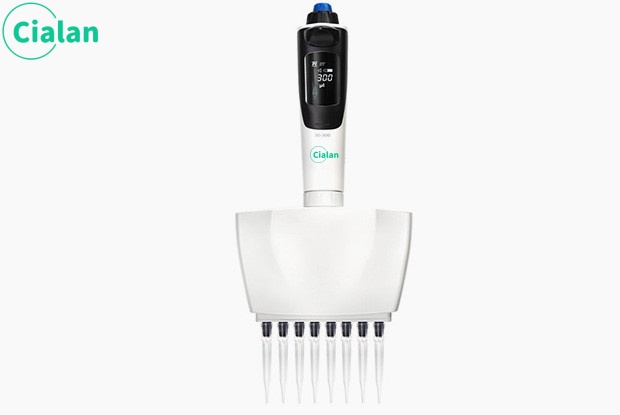Methods and classification of instrumental analysis
Knowledge to instrumental analysis.
Instrumental analysis is a class of analytical methods developed gradually on the basis of chemical analysis, which is based on the physical or physicochemical properties of the measured substance, and is generally used for the analysis of micro or trace components. Analytical chemistry is the science of studying the composition, state and structure of substances, generally can be divided into chemical analysis and instrumental analysis, in which chemical analysis is based on the chemical reaction of the measured substance, such as gravimetric analysis, titrimetric analysis. It is generally used for constant or semi-micro-analysis.
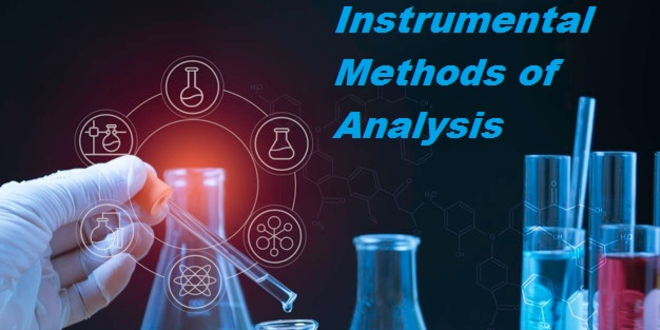
Development for instrumental analysis.
With the rapid development of science and technology, instrumental analytical methods have been constantly innovated and improved, and their application fields are also expanding, and they have become the specialized basic courses of pharmacy (pharmaceuticals), medical testing, food hygiene, preventive medicine and other disciplines. Therefore, the basic principles and experimental techniques of instrumental analytical methods have become the basic knowledge and basic skills that must be mastered by the personnel engaged in these jobs.
Methods and classification of instrumental analysis.
Because of the physical or physicochemical properties of many substances, so there are many methods of instrumental analysis, and each is relatively independent, can be self-contained system. According to the principle of analysis, the commonly used instrumental analysis methods can usually be divided into the following three categories:
1. Electrochemical analysis is the use of components to be measured in solution electrochemical properties of the analytical determination of a class of instrumental analysis methods, the theoretical basis is electrochemical and chemical thermodynamics. Usually the analysis of the sample solution constitutes a chemical battery, and then according to the composition of the battery of certain physical quantities and their chemical quantities of the intrinsic link between the qualitative analysis or quantitative analysis. According to the measurement of different electrical signals can be divided into: potentiometric analysis, voltammetric analysis, conductivity analysis and electrolysis analysis (Coulomb analysis).
2. Optical method of analysis is to use the optical properties of the components to be measured to analyze the determination of a class of instrumental analysis methods, the theoretical basis is physical optics, geometric optics and quantum mechanics. It is usually divided into two categories: spectroscopic method and non-spectroscopic method:
①Spectroscopic method is based on the material absorption of external energy, material atoms or molecules within the jump between the energy levels, resulting in emission spectra or absorption spectra, and then according to the wavelengths and intensities of the emitted or absorbed light in which qualitative analysis, quantitative analysis, structural analysis, and so on;
②Non-spectral method generally includes spinning (polarized light) analysis, refractive analysis, turbidity analysis, optical fiber sensing analysis, light and electron diffraction analysis.
3.Chromatography is the use of substances in the components in the immiscible two-phase (stationary phase and mobile phase) in the adsorption, distribution, ion exchange, exclusion of permeability and other performance differences in the separation of a class of instrumental methods of analysis. Its main theoretical basis is chemical thermodynamics and chemical kinetics. Chromatography is divided into gas chromatography, high performance liquid chromatography, thin layer chromatography and ion chromatography. Methods and classification of instrumental analysis
Instrumental analysis is a class of analytical methods developed gradually on the basis of chemical analysis, which is based on the physical or physicochemical properties of the measured substance, and is generally used for the analysis of micro or trace components. Analytical chemistry is the science of studying the composition, state and structure of substances, generally can be divided into chemical analysis and instrumental analysis, in which chemical analysis is based on the chemical reaction of the measured substance, such as gravimetric analysis, titrimetric analysis. It is generally used for constant or semi-micro-analysis.

Development for instrumental analysis.
With the rapid development of science and technology, instrumental analytical methods have been constantly innovated and improved, and their application fields are also expanding, and they have become the specialized basic courses of pharmacy (pharmaceuticals), medical testing, food hygiene, preventive medicine and other disciplines. Therefore, the basic principles and experimental techniques of instrumental analytical methods have become the basic knowledge and basic skills that must be mastered by the personnel engaged in these jobs.
Methods and classification of instrumental analysis.
Because of the physical or physicochemical properties of many substances, so there are many methods of instrumental analysis, and each is relatively independent, can be self-contained system. According to the principle of analysis, the commonly used instrumental analysis methods can usually be divided into the following three categories:
1. Electrochemical analysis is the use of components to be measured in solution electrochemical properties of the analytical determination of a class of instrumental analysis methods, the theoretical basis is electrochemical and chemical thermodynamics. Usually the analysis of the sample solution constitutes a chemical battery, and then according to the composition of the battery of certain physical quantities and their chemical quantities of the intrinsic link between the qualitative analysis or quantitative analysis. According to the measurement of different electrical signals can be divided into: potentiometric analysis, voltammetric analysis, conductivity analysis and electrolysis analysis (Coulomb analysis).
2. Optical method of analysis is to use the optical properties of the components to be measured to analyze the determination of a class of instrumental analysis methods, the theoretical basis is physical optics, geometric optics and quantum mechanics. It is usually divided into two categories: spectroscopic method and non-spectroscopic method:
①Spectroscopic method is based on the material absorption of external energy, material atoms or molecules within the jump between the energy levels, resulting in emission spectra or absorption spectra, and then according to the wavelengths and intensities of the emitted or absorbed light in which qualitative analysis, quantitative analysis, structural analysis, and so on;
②Non-spectral method generally includes spinning (polarized light) analysis, refractive analysis, turbidity analysis, optical fiber sensing analysis, light and electron diffraction analysis.
3.Chromatography is the use of substances in the components in the immiscible two-phase (stationary phase and mobile phase) in the adsorption, distribution, ion exchange, exclusion of permeability and other performance differences in the separation of a class of instrumental methods of analysis. Its main theoretical basis is chemical thermodynamics and chemical kinetics. Chromatography is divided into gas chromatography, high performance liquid chromatography, thin layer chromatography and ion chromatography. Methods and classification of instrumental analysis



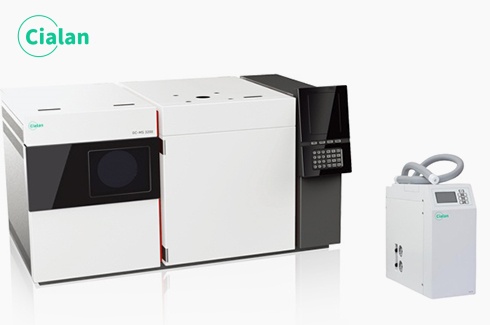
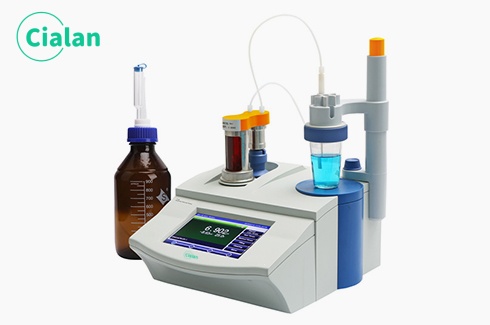
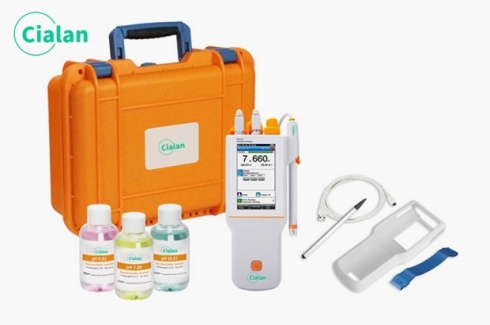
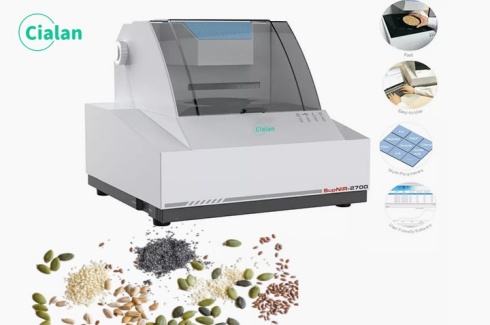


.jpg)


